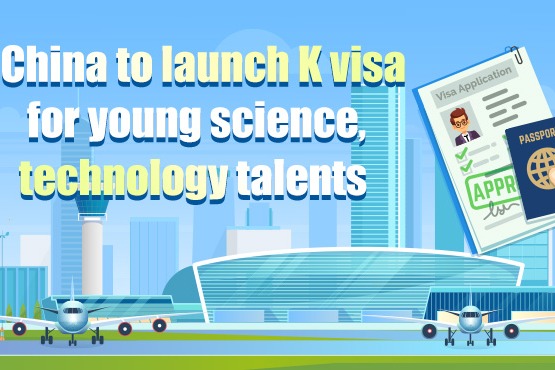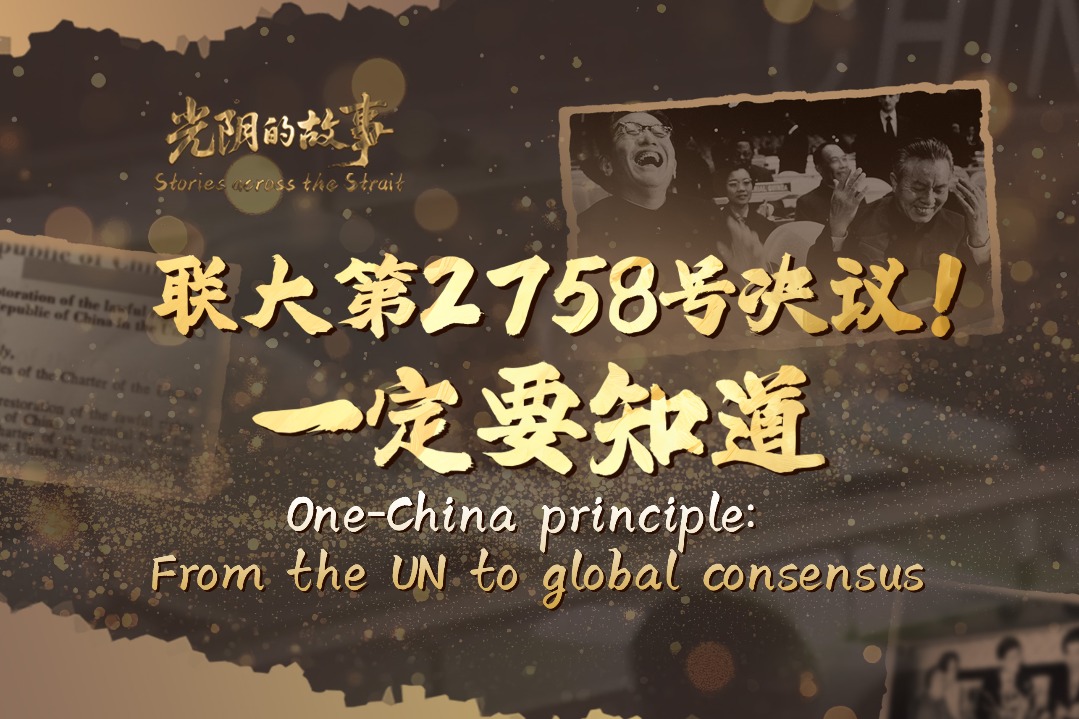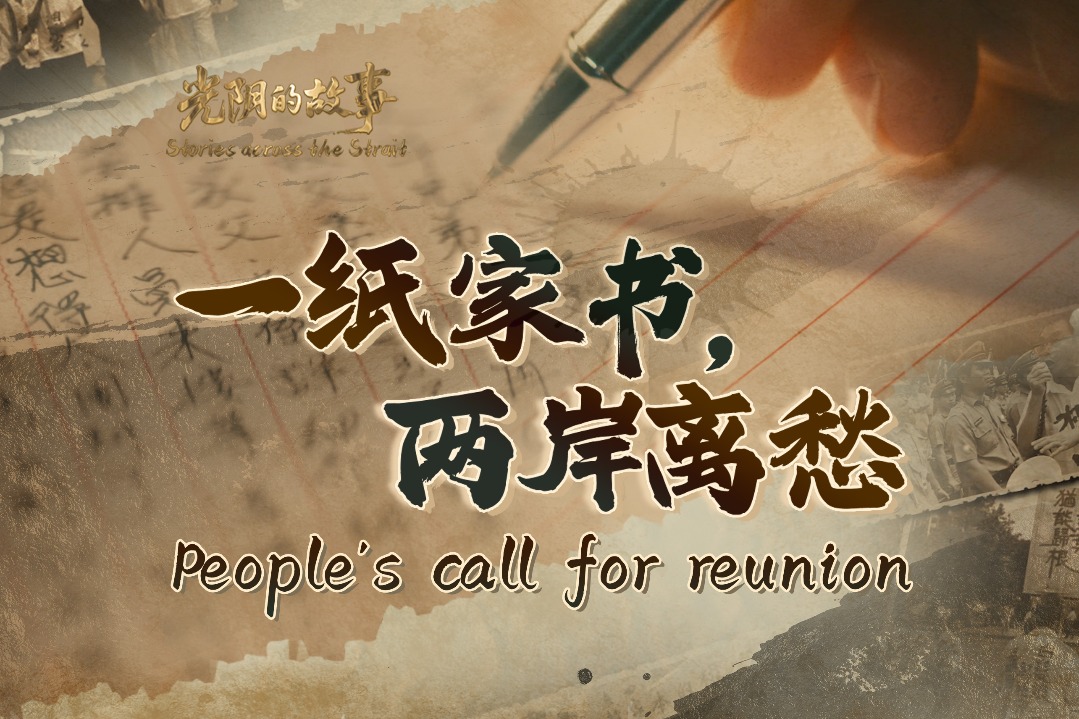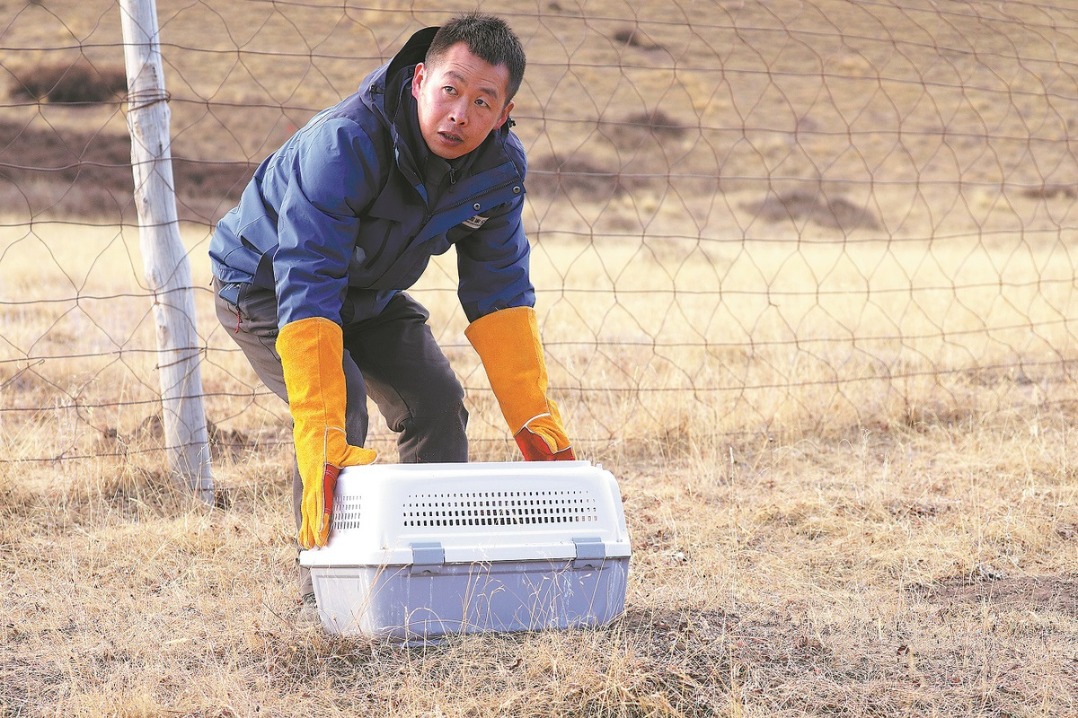China takes intl lead in number of nanotech patents

China has been a global leader in nanotechnology development in recent years, with the nation holding more than 464,000 related patents over the past 25 years, accounting for 43 percent of the world's total, according to a newly released white paper.
From 2000 to May this year, the total number of globally granted nanotechnology patents surpassed 1.078 million. With nearly half a million of its own, China took the top spot, exceeding the combined total of the United States, Japan and South Korea, the paper said.
The report was published by China's National Center for Nanoscience and Technology during the 10th International Conference on Nanoscience and Technology, China, which was held in Beijing from Aug 30 to Sept 1.
Patent transfers and licenses in China accounted for about 8 percent of the global total from 2000 to this year. The annual volume has passed its peak and begun to decline, suggesting that enterprises are increasingly driving innovation themselves rather than acquiring technologies through purchases. Many nanotechnologies are entering large-scale industrialization with stable production processes, resulting in a decreased capacity to absorb new patents, according to the report.
China's patents are primarily concentrated in key areas such as new building materials, advanced coating materials, catalytic chemistry and reaction engineering. The paper also cited significant progress in semiconductor devices and biomedicine.
Nanotechnology enterprises in China have experienced explosive growth, with nearly half located in Jiangsu, Guangdong and Zhejiang provinces. The number of companies grew from 3,015 in 2000 to 35,000 by May, with an average annual growth rate of about 10 percent. Employment nearly doubled in that time, increasing from 5 million workers in 2000 to 9.92 million people by May, the paper said.
"China has emerged as a significant contributor to global nanotechnology advancements and a major player in cutting-edge industrial applications," Bai Chunli, chair of the conference, said at the opening ceremony.
Bai, an academician of the Chinese Academy of Sciences, said nanotechnology is propelling breakthroughs in strategic fields such as green energy, biomedicine and information technology, while accelerating the formation of new quality productive forces.
He added that the rise of artificial intelligence has created revolutionary opportunities for the field, reshaping research paradigms. China will continue to solidify foundational research, strengthen application-oriented efforts and deepen international cooperation to leverage nanotechnology's role in global innovation and development, Bai said.
Alan Rowan, director of the Australian Institute for Bioengineering and Nanotechnology at the University of Queensland, said nanoscience is the study of matter at the nanoscale, a realm 10,000 times smaller than a human hair. At this scale, materials exhibit unique quantum and surface effects, enabling scientists to design new properties and provide revolutionary solutions.
"China has done an amazing job across the board in investment in science," Rowan said, attributing the country's advances in nanoscience to its emphasis on STEM education, infrastructure and young students' capacity for innovation.
Yury Gogotsi, director of Drexel University's A.J. Drexel Nanomaterials Institute in the US, echoed Rowan's view and described China as "a technological leader" whose nanoscience industry is "enormous both in volume and quality".
"Many breakthroughs from China were scientific and technological, with a fast translation to scaled-up manufacturing," Gogotsi said. "I think this is what is needed because, for nanotechnology, you not only need to do high-quality research, but also need to have mechanisms to transfer it into practice that will hopefully make the world a better place."
He added that countries such as China, the US and Singapore are advancing rapidly in nanotechnology, each with its own strengths.
"This dynamic fosters healthy competition in scientific and technological research and development," Gogotsi said. "In addition, when nations are at similar technological levels, it facilitates smoother international collaboration."
Zhuo Yiran contributed to this story.
limenghan@chinadaily.com.cn
- The 2nd Shanghai International Light Festival to illuminate the city
- Guangxi school officials suspended over viral bullying incident
- Chinese scientists trace phased rise of oxygen that shaped Earth's habitability
- Ili River Third Bridge to open on Sept 30, will boost transport and trade
- Former senior political adviser charged with bribery
- New direct flight to link Beijing Daxing to Qatar's capital





































